Home>Ideas and Tips>Indoor Schefflera Care: Umbrella Plant Growing Tips
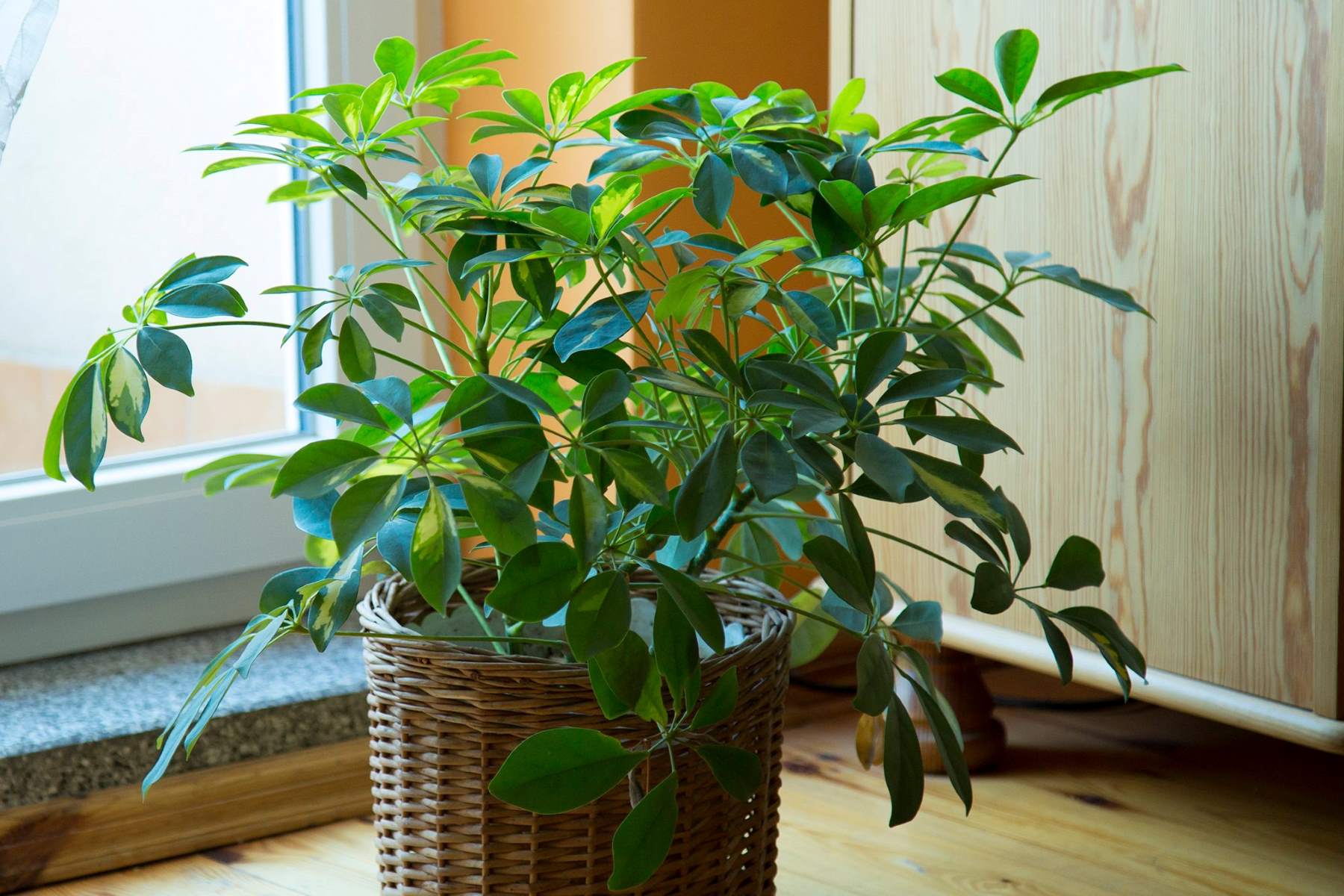

Ideas and Tips
Indoor Schefflera Care: Umbrella Plant Growing Tips
Published: September 3, 2024
Learn essential tips for indoor Schefflera care, including lighting, watering, soil, and more to keep your umbrella plant healthy and thriving.
(Many of the links in this article redirect to a specific reviewed product. Your purchase of these products through affiliate links helps to generate commission for Storables.com, at no extra cost. Learn more)
The Schefflera, commonly known as the umbrella plant due to its distinctive, umbrella-like foliage, is a popular choice for indoor gardening. This tropical plant is known for its attractive, glossy leaves and its ability to thrive in a variety of lighting conditions. However, proper care is essential to ensure that your Schefflera remains healthy and continues to grow well indoors. In this article, we will delve into the detailed care requirements for growing a Schefflera indoors, including tips on lighting, watering, fertilization, pruning, and more.
Types of Schefflera
Before we dive into the care instructions, it's important to understand the different types of Schefflera available. The most common varieties include:
- Schefflera arboricola: This is the dwarf umbrella tree or parasol plant. It has smaller leaves compared to other species and is native to Australia.
- Schefflera actinophylla: Known as the Queensland umbrella tree or octopus tree, this variety has larger leaves and is native to Australia.
- Schefflera alpine: This variety grows larger than the dwarf variety with longer leaves.
Each type has its unique characteristics, but they all share similar care requirements.
Lighting
Lighting is one of the most critical factors in growing a healthy Schefflera indoors. These plants prefer bright, indirect light but can tolerate dappled direct sunlight. Here are some tips for providing the right lighting:
- Bright Indirect Light: Place your Schefflera near an east- or west-facing window for optimal light. These windows receive gentle, indirect sunlight that is perfect for Schefflera plants.
- Avoid Direct Sunlight: Direct sunlight can burn the leaves of your Schefflera. If you have a south-facing window, consider using a sheer curtain to filter the light.
- Northern Windows: While Scheffleras can tolerate some light from northern windows, they may not receive enough light to thrive. If you place your plant in a northern window, ensure it is not too far away from the window to prevent stunted growth.
- Measuring Light: If you're unsure whether your space provides enough light, consider using a light meter. This tool will help you determine the intensity of the light and ensure your Schefflera is receiving the right amount.
Watering
Watering is another crucial aspect of caring for your Schefflera. Overwatering is a common mistake that can lead to root rot and other problems. Here’s how to water your Schefflera correctly:
- Wait for Soil to Dry: Allow the soil to dry out completely between waterings. Check the soil moisture by sticking your finger into the soil up to the first knuckle. If the soil feels dry, it’s time to water.
- Water Thoroughly: When you do water, make sure to give the plant a deep and thorough soaking. Water should flow out of the drainage holes in the pot, indicating that the soil is well-drained.
- Avoid Standing Water: Never let the soil sit in standing water. This can cause root rot and other issues.
- Use Lukewarm Water: Use lukewarm water when watering your Schefflera. Cold water can shock the roots, while hot water might cause the leaves to burn.
- Check for Signs of Overwatering: Yellow leaves or a rotten smell from the soil are signs that you might be overwatering your Schefflera. Adjust your watering schedule accordingly.
Soil
The type of soil you use for your Schefflera is also important. Here are some guidelines for choosing the right potting soil:
- Rich and Well-Draining Soil: Scheffleras thrive in rich, well-draining soil that is slightly acidic (pH 6.0-6.5). Avoid using regular garden soil as it can compact and prevent proper drainage.
- Moderate Moisture: The soil should be moderately moist but not waterlogged. A mix specifically designed for tropical plants will work well.
Temperature and Humidity
Scheffleras are tropical plants that require relatively high humidity and warm temperatures to thrive. Here’s how to maintain the right temperature and humidity levels:
- Warm Temperatures: Keep your Schefflera in a room with temperatures consistently above 60°F (15°C). Avoid placing it near drafts or dry heating vents.
- High Humidity: Scheffleras prefer a humid environment typically ranging between 30-40% or higher indoors. You can measure the level of humidity using a hygrometer or LTH meter. If your home is particularly dry, consider placing a humidifier nearby to localize adequate humidity levels consistently.
Fertilization
Fertilizing your Schefflera is important, especially during the growing season. Here’s how to fertilize your plant:
- Feed During Growing Season: Feed your Schefflera twice weekly during the growing season (spring and summer) with liquid fertilizer for houseplants. You can also use two applications of slow-release pellets if you prefer.
- Avoid Overfertilizing: Scheffleras are heavy feeders but can be sensitive to overfertilization. Start with a half-strength solution and gradually increase as needed.
- Wait After Repotting: After repotting your Schefflera, wait approximately eight weeks before beginning fertilization.
Pruning
Pruning is essential for maintaining the shape and health of your Schefflera. Here’s how to prune your plant:
- Prune in Spring: It is best to prune your Schefflera in the spring when new growth begins. This helps promote healthy growth and prevents the plant from becoming too bushy.
- Remove Diseased Parts: Promptly remove any diseased or drooping parts from the plant. This will help prevent the spread of disease and maintain the overall health of the plant.
- Strategic Shoot Tip Trims: Perform occasional and strategic shoot tip trims to encourage new shoots to develop. Shorten long shoots by up to two-thirds, making sure to cut above leaf buds when trimming.
Propagation
Propagating a Schefflera is relatively easy and can be done through leaf and stem cuttings or seeds. Here’s how to propagate your Schefflera:
- Leaf Cuttings: Pick healthy leaves with leafstalks attached. Place the leaf one centimeter into the soil, ensuring that the leafstalk remains intact. Roots should form relatively quickly under the right conditions.
- Stem Cuttings: Cut off a 6-inch stem section at a 45-degree angle below a knot. Remove all lower leaves except for those at the top of the cutting. Plant the cutting ⅓ to ½ of its length into the soil and keep it in indirect light until roots develop.
Common Issues
Despite proper care, Scheffleras may still face some common issues. Here are some tips for addressing these problems:
- Leggy Growth: If your Schefflera becomes leggy or floppy, it may not be receiving enough light. Move the plant to a brighter location or consider using grow lights.
- Overwatering: Overwatering can lead to root rot, indicated by yellow leaves, a rotten smell, or black roots. Adjust your watering schedule and repot the plant in fresh soil if necessary.
- Pests: Scheffleras can be susceptible to pests like spider mites, mealybugs, and scale insects. Check your plant regularly for signs of pests and treat promptly if necessary.
Toxicity
It's important to note that all parts of the Schefflera plant contain calcium oxalate crystals, which can cause minor skin irritation if you come into contact with the leaves. Ingesting the plant can cause more severe symptoms such as vomiting, mouth numbness, and difficulty swallowing. The plant is also toxic to dogs, cats, and horses. Keep children and pets away from the plant to avoid any potential harm.
Conclusion
Growing a Schefflera indoors can be a rewarding experience with the right care. By providing bright indirect light, watering correctly, using rich well-draining soil, maintaining warm temperatures and high humidity, fertilizing regularly, pruning strategically, and propagating through cuttings or seeds, you can keep your Schefflera healthy and thriving. Remember to address common issues promptly and be aware of the plant's toxicity to ensure a safe and enjoyable experience with your umbrella plant.
By following these tips and guidelines, you'll be well on your way to becoming an expert in caring for your indoor Schefflera. Happy planting
Was this page helpful?
At Storables.com, we guarantee accurate and reliable information. Our content, validated by Expert Board Contributors, is crafted following stringent Editorial Policies. We're committed to providing you with well-researched, expert-backed insights for all your informational needs.
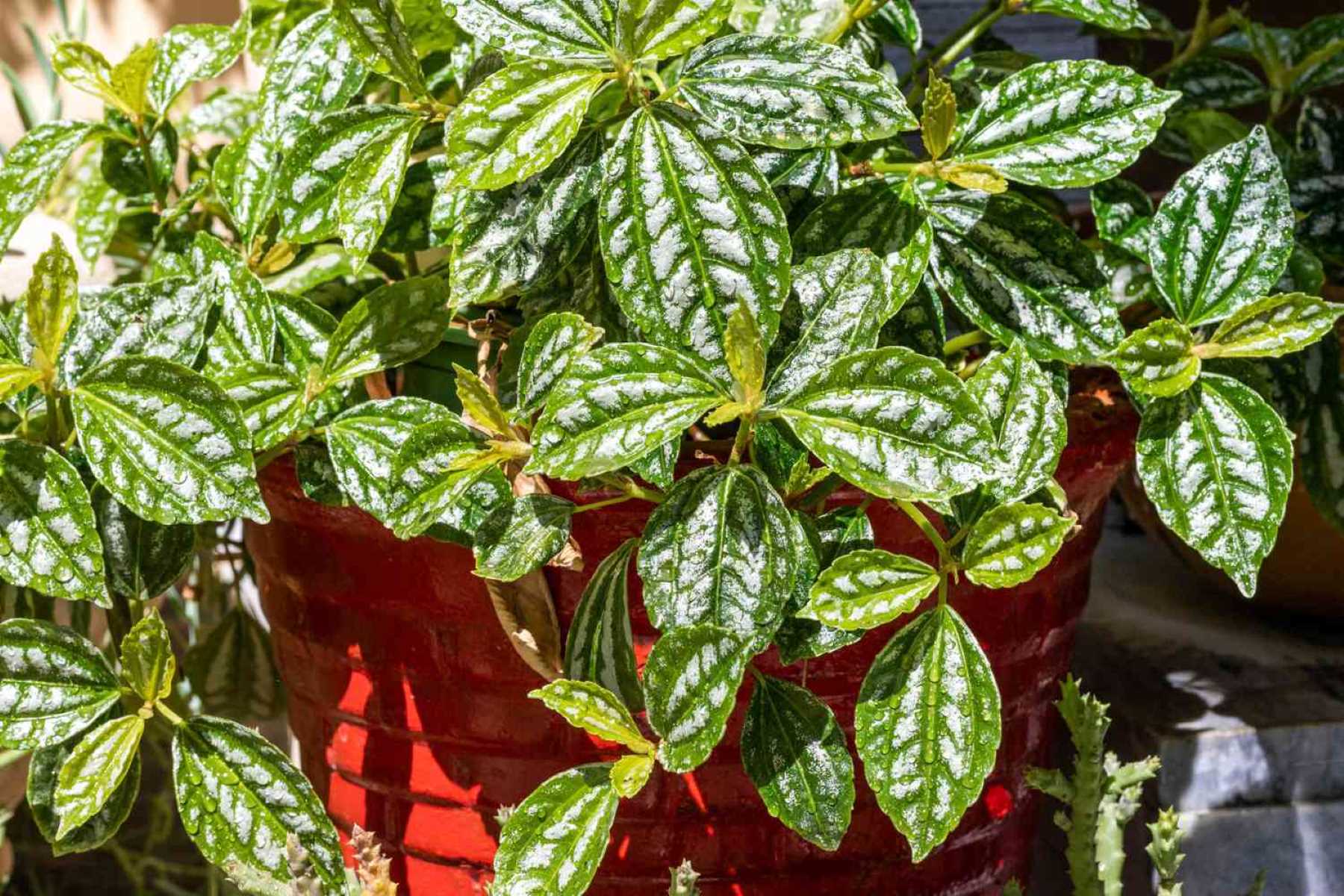
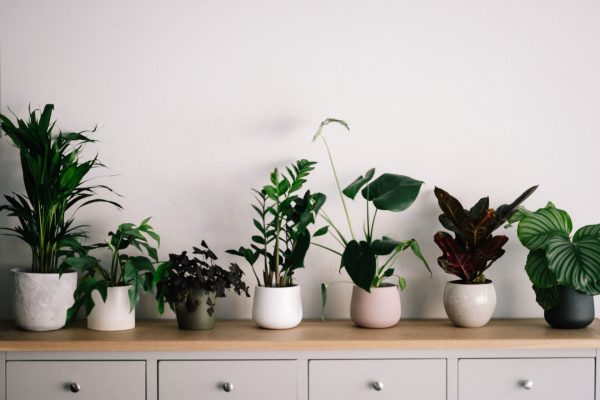
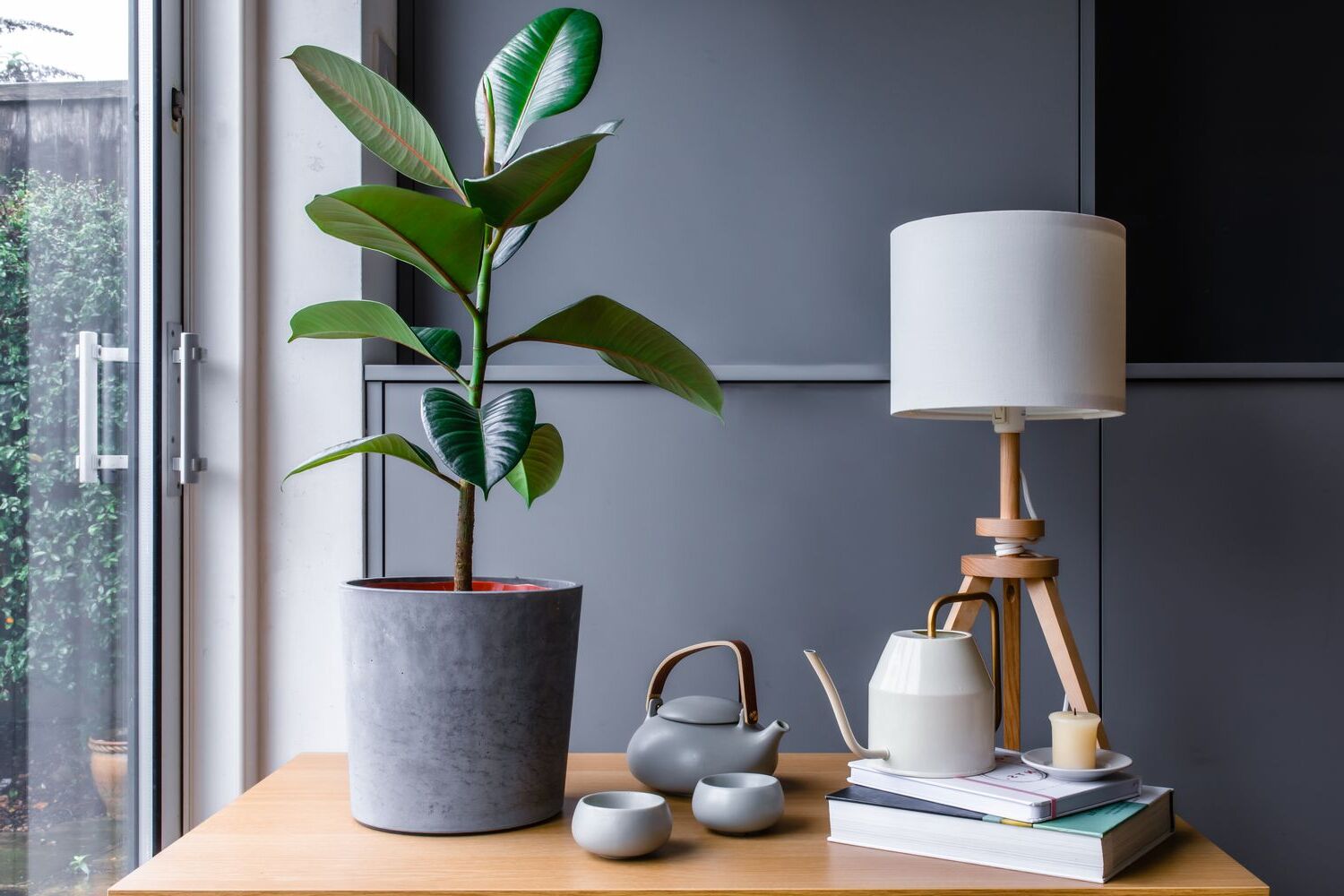
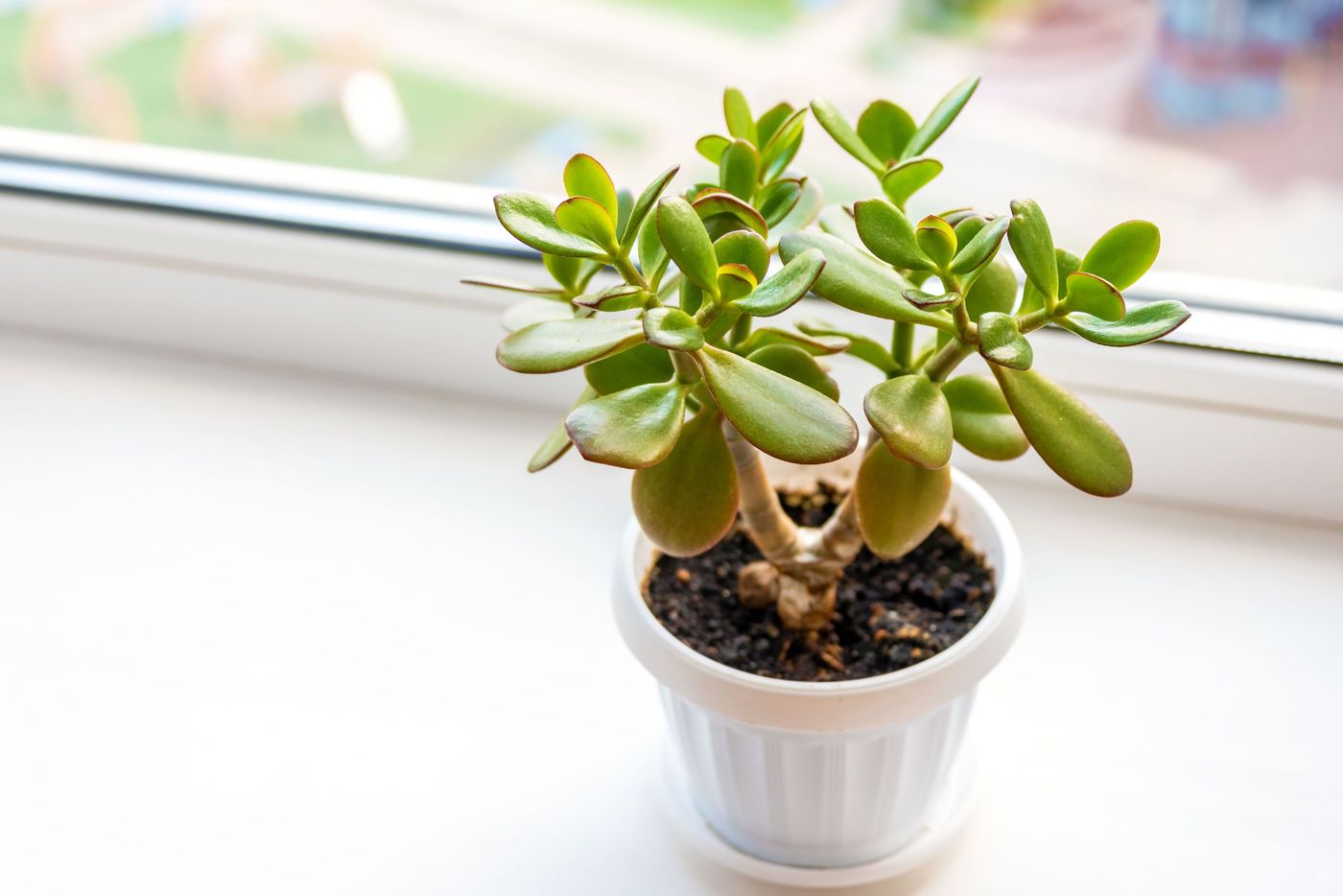
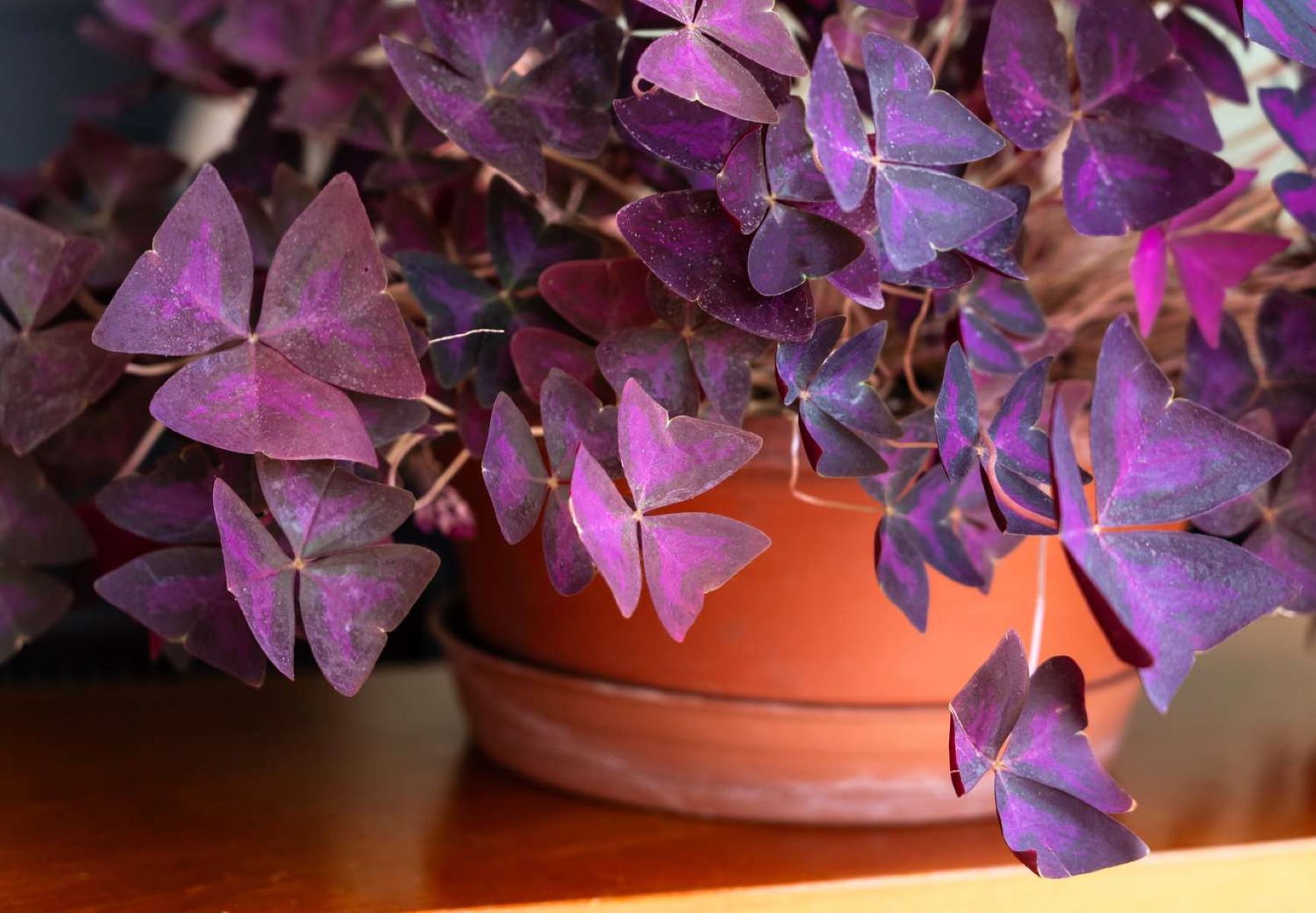
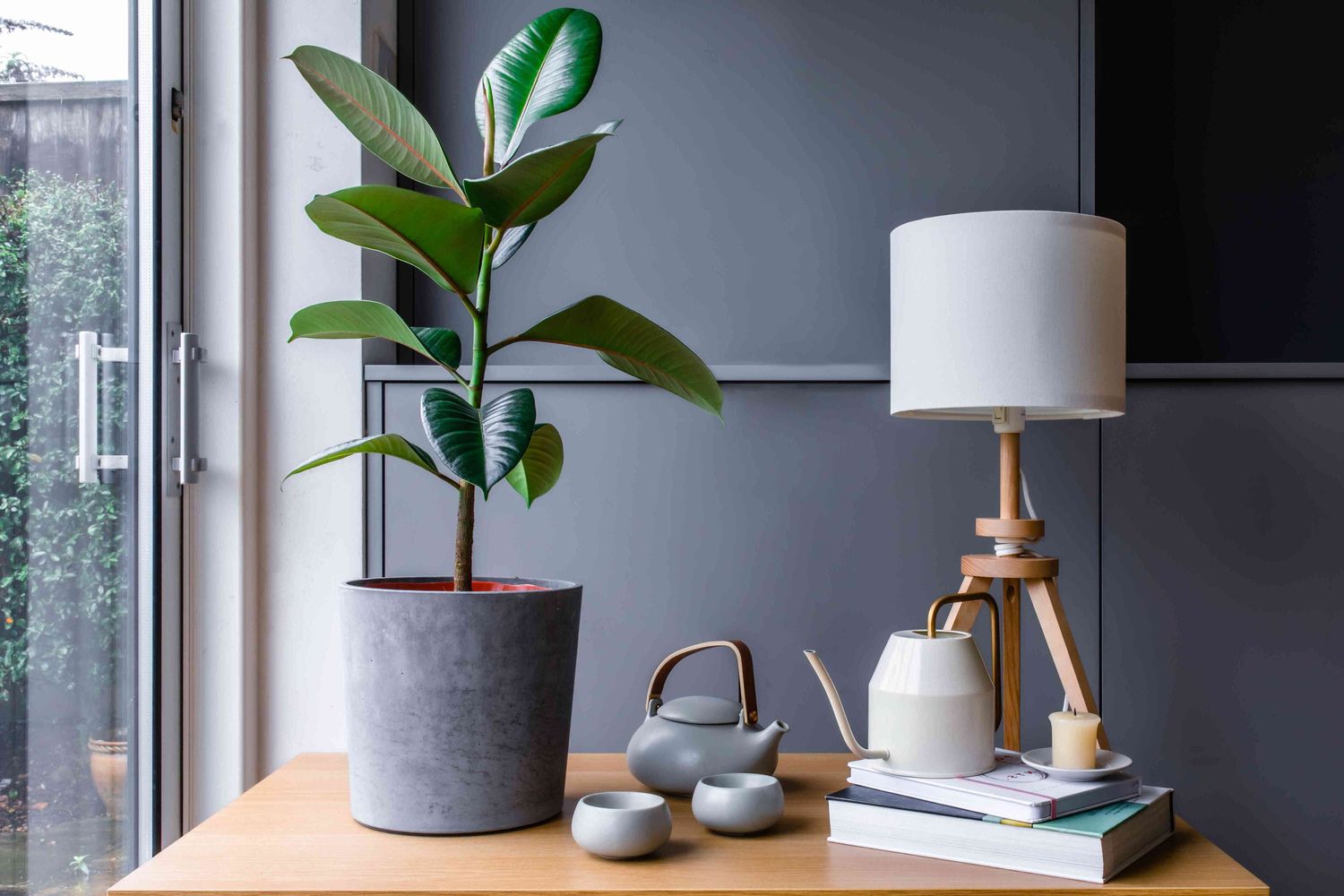
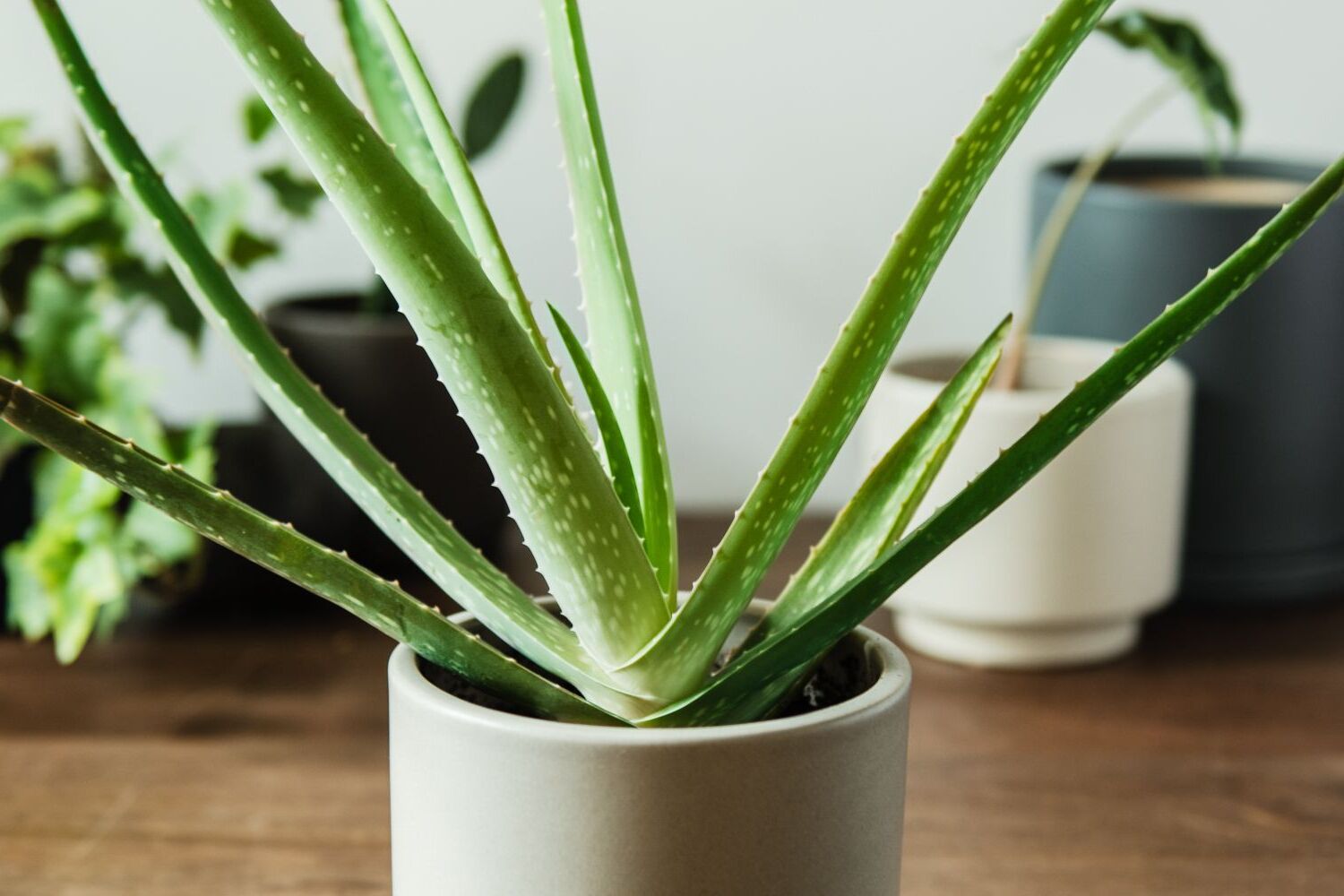
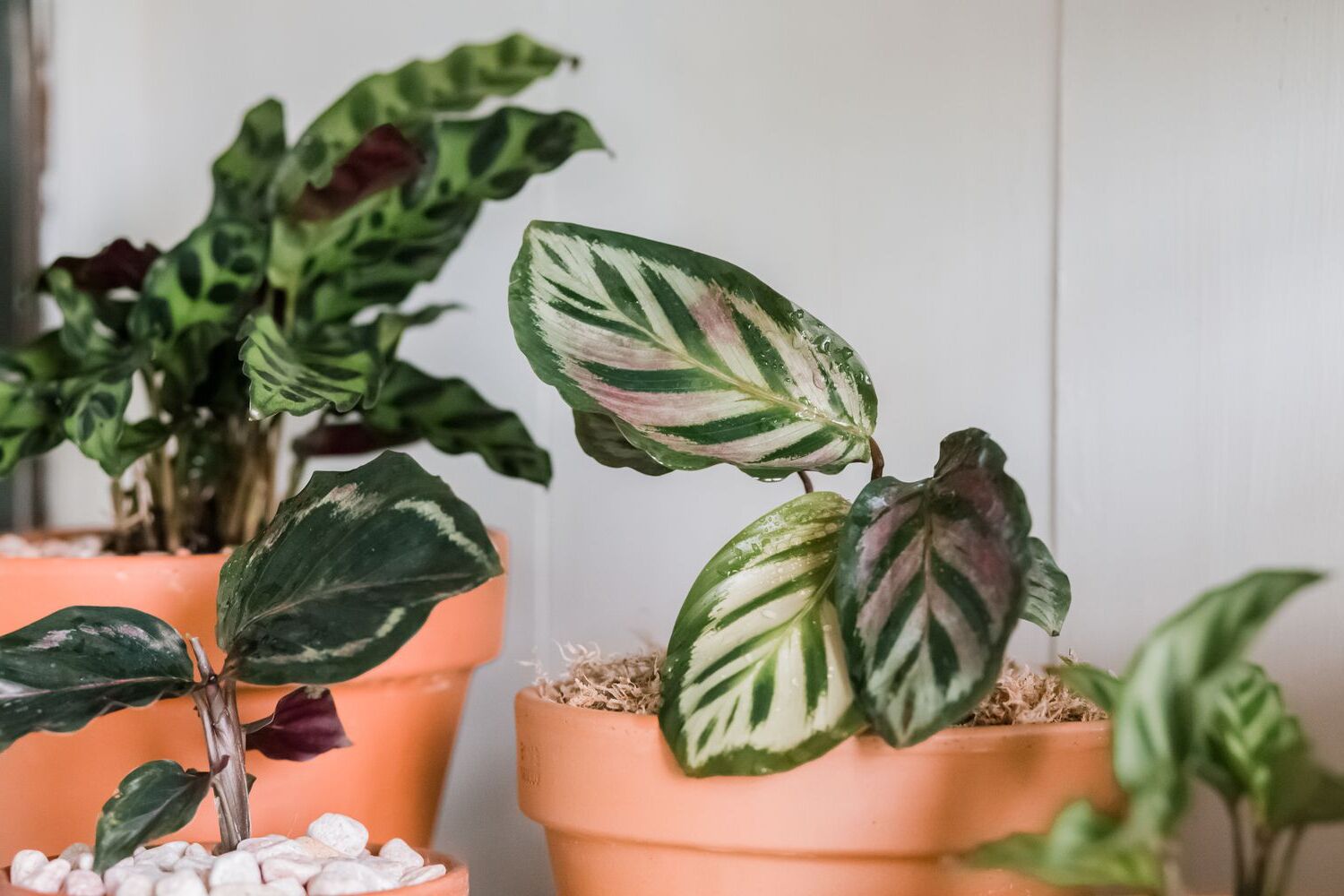
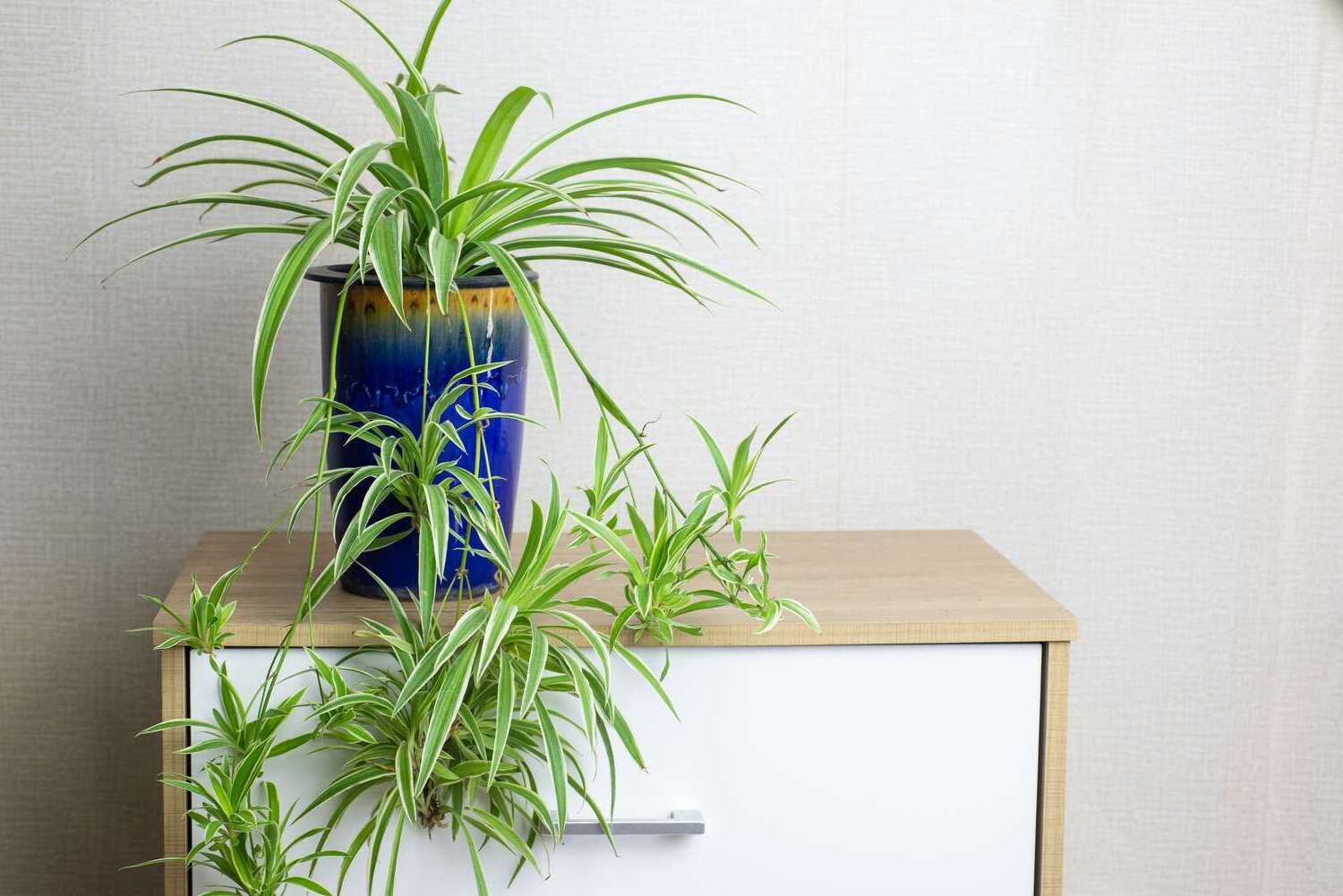
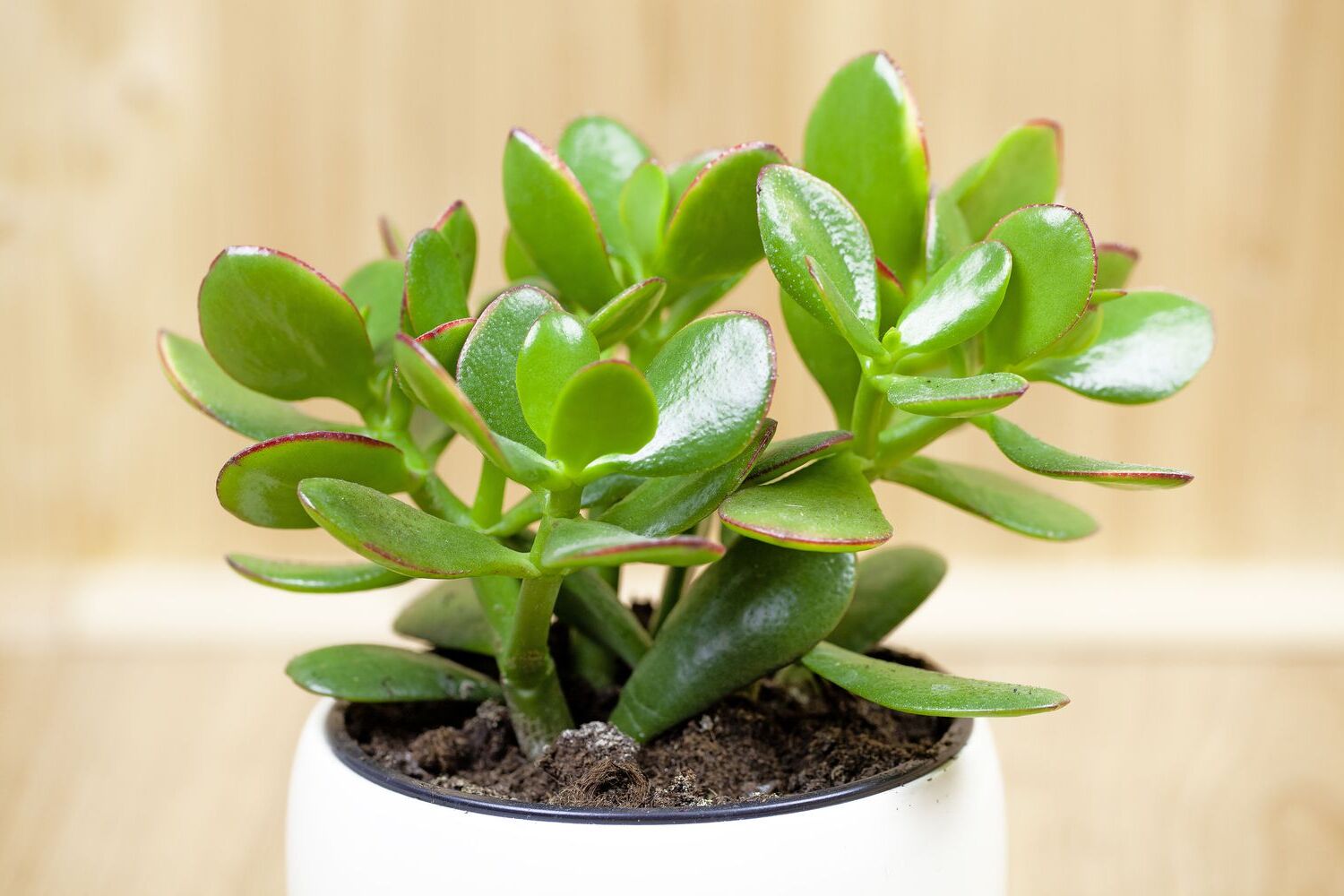
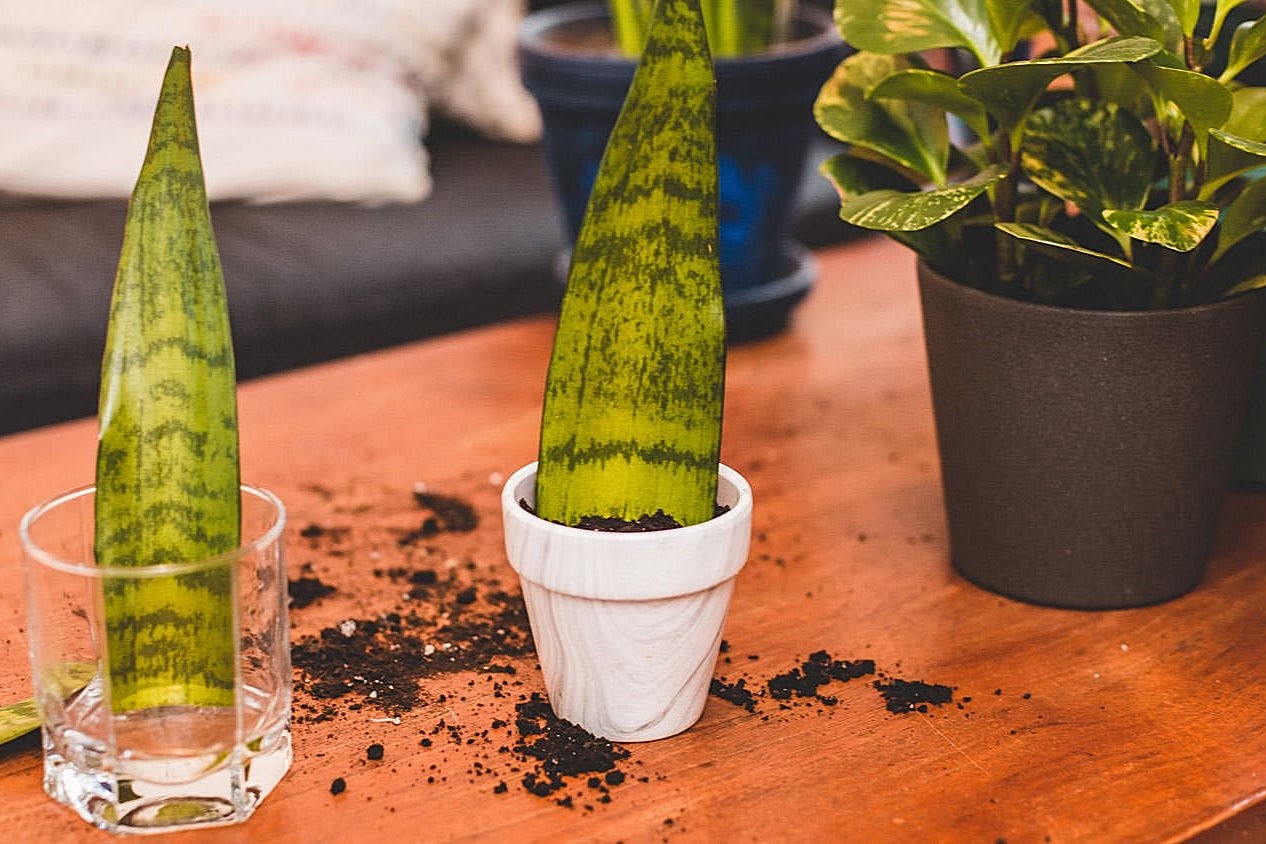
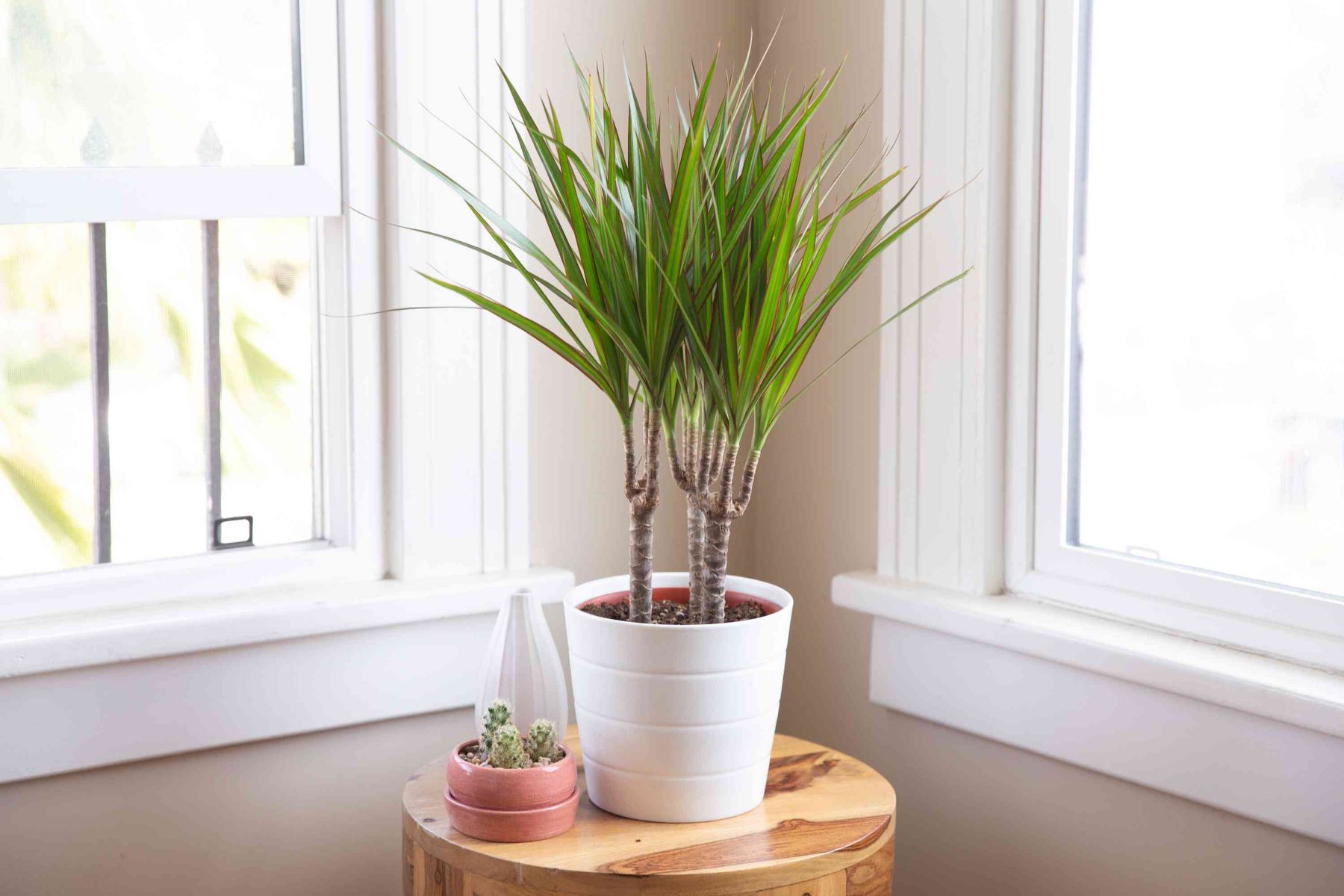
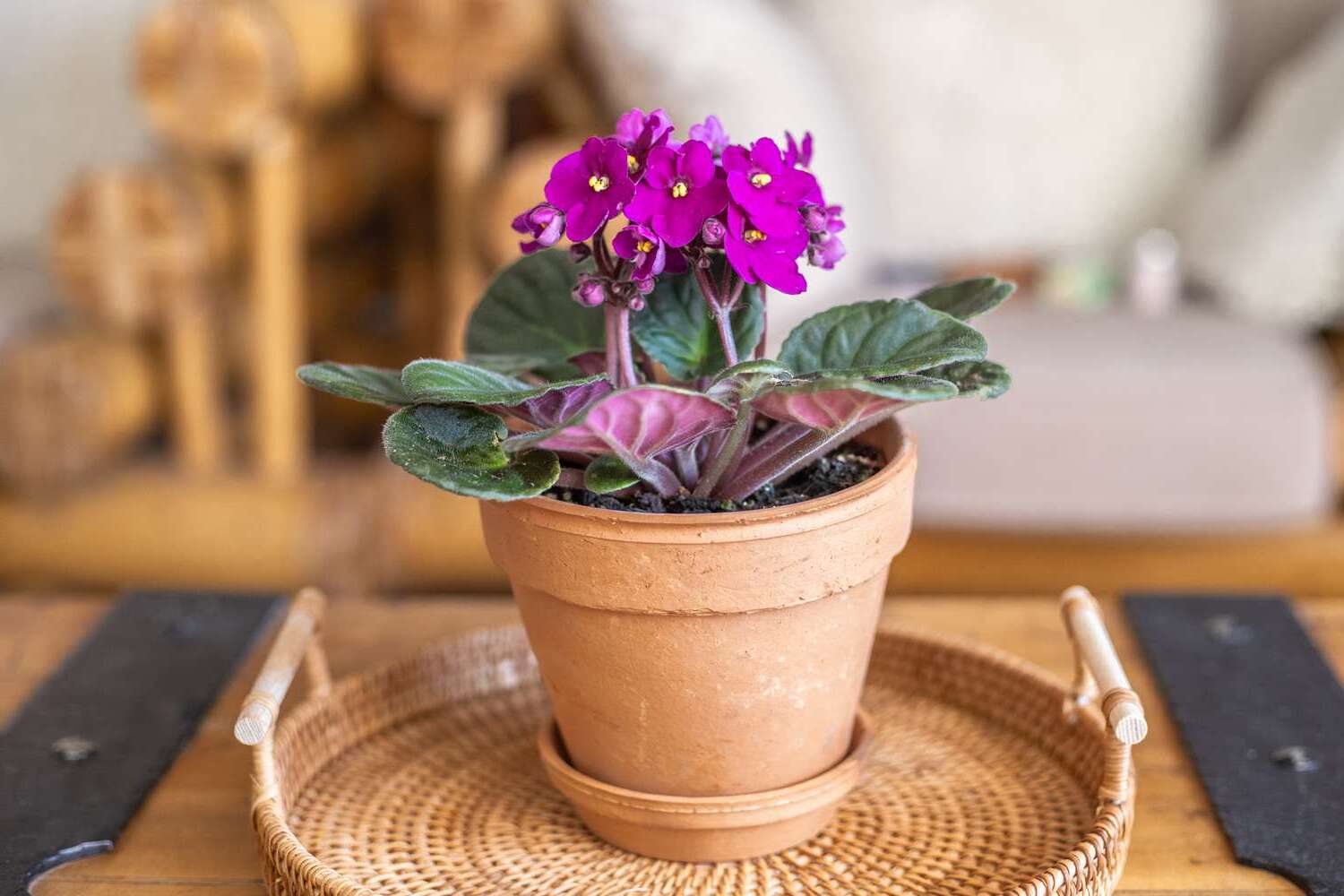

0 thoughts on “Indoor Schefflera Care: Umbrella Plant Growing Tips”